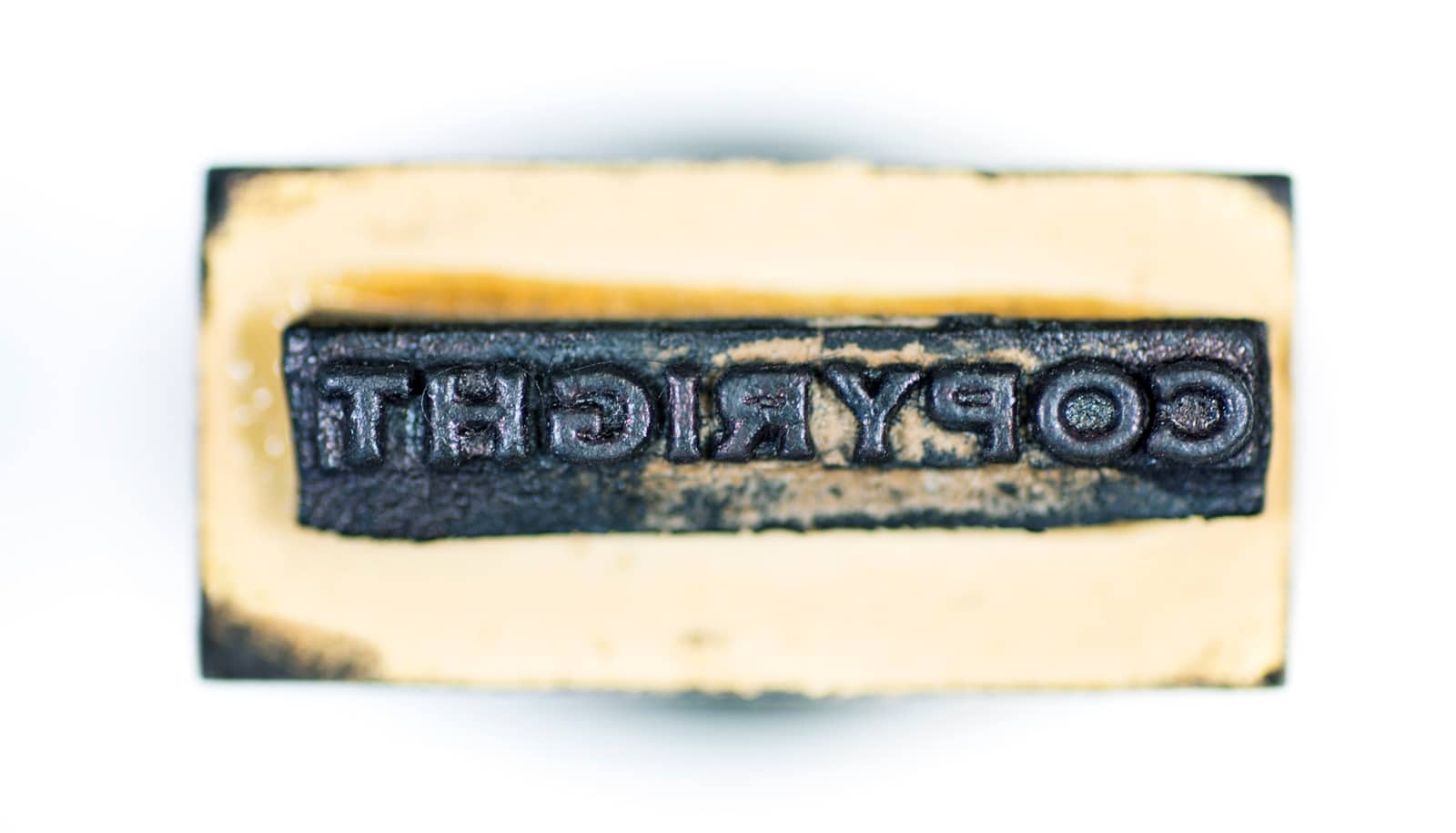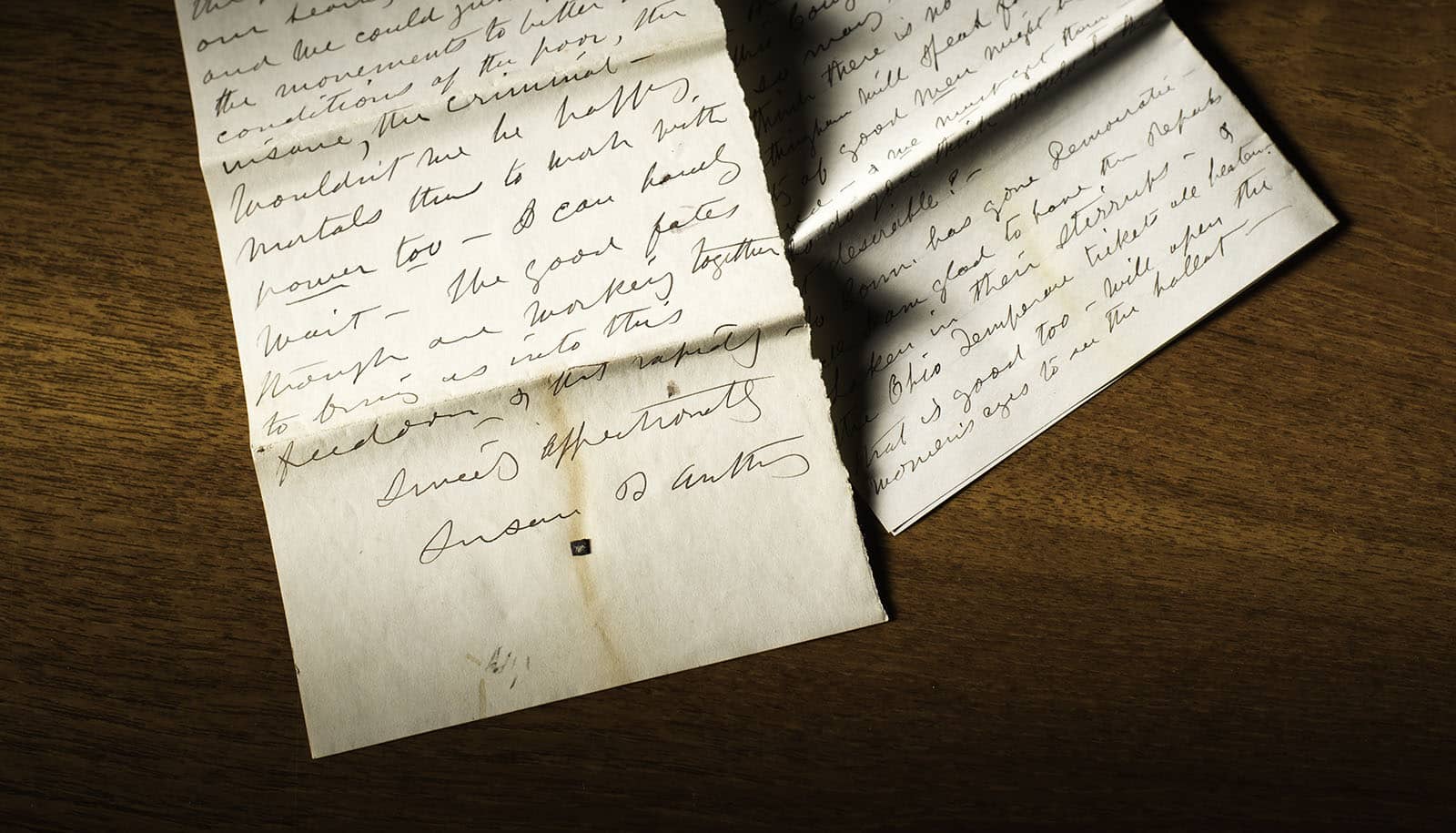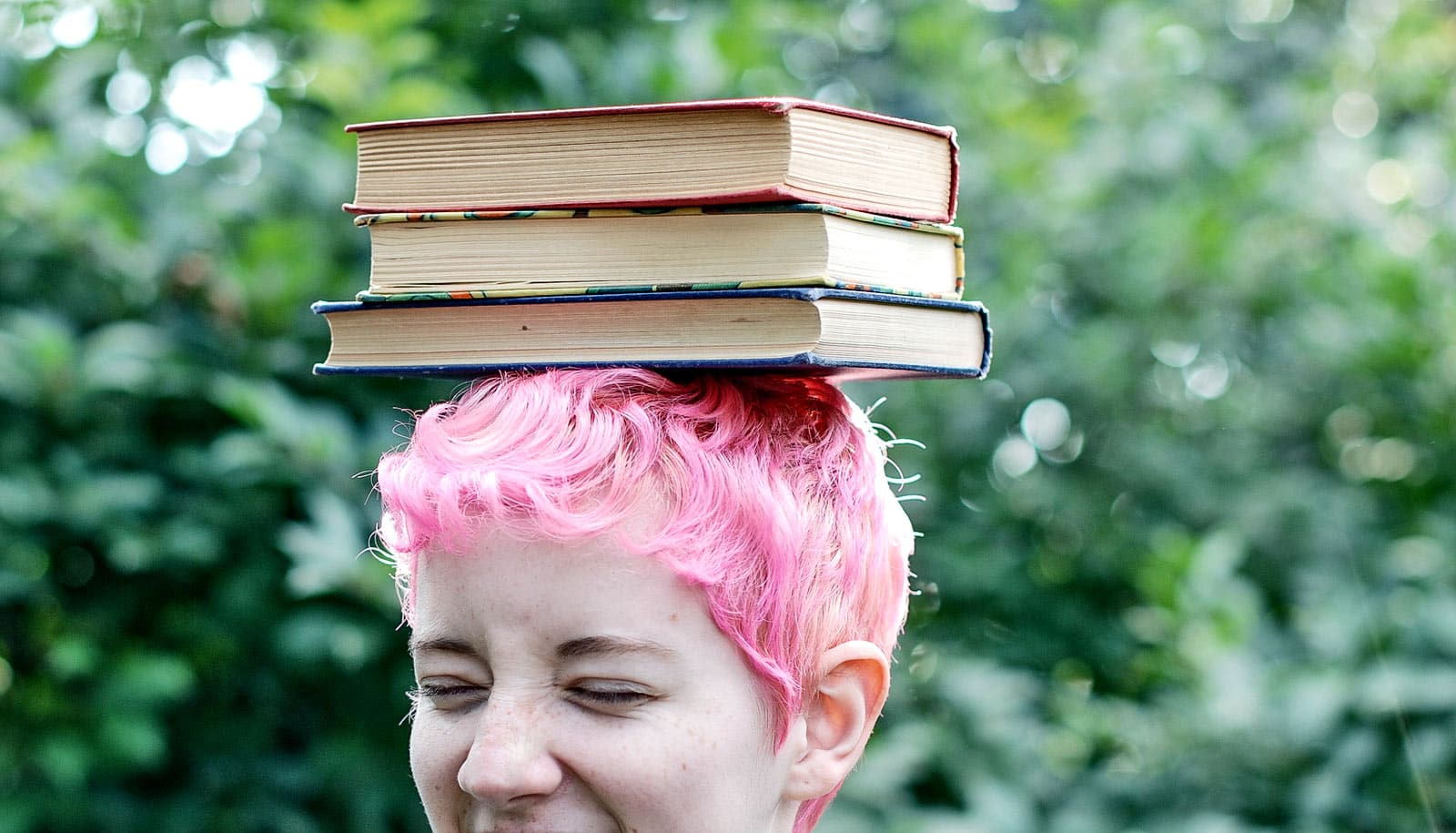Works from 1923 have entered the public domain after a 20-year extension on copyright protections.
The Penn Libraries, which hold more than 9,000 works from 1923, have embarked on a year-long project to digitize and share selected books through a partnership with the HathiTrust, an online collection of millions of titles from libraries around the world freely available to the public.
University of Pennsylvania experts in libraries, media, law, and business applauded the release of creative works from copyright protection on January 1, allowing people to reprint and reimagine books, poems, films, music, photographs, and other creative works without permission or fear of copyright infringement.
“It’s inspiring as a librarian to take works that have been hidden in our collections and open them up now, not just to the Penn community, but to the world. That’s incredibly exciting,” says Brigitte Burris, assistant university librarian for collections.
“I can guarantee that nobody was reading obscure works in our collection from 1923 about prohibition, but now they’re out there, able to be Googled, able to be found,” she continues.
Texts such as Alcohol and Prohibition in their relation to Civilization and the Art of Living might be interesting to researchers today, Burris speculates. Another book the Libraries digitized is Vinzi, a Story of the Swiss Alps, by Johanna Spyri, known for Heidi, which people can now reprint, reuse, and reimagine.
Many well-known works that have just come into the public domain include the poetry collection New Hampshire by Robert Frost, which includes “Stopping by Woods on a Snowy Evening.” Other works include the novel Tarzan and the Golden Lion by Edgar Rice Burroughs, the song “Yes! We Have No Bananas,” the film Safety Last! starring Harold Lloyd, along with other notable plays, music, photographs, and more.
‘They now belong to everyone’
“It is a major event,” says Peter Decherney, director of Penn’s Cinema and Media Studies program, English professor, and author of the book Hollywood’s Copyright Wars: from Edison to the Internet (Columbia University Press, 2013). “They now belong to everyone. They can be distributed inexpensively, but they can also be reworked and adapted in different ways.”
Studies show that most works have little or no commercial value only a year after being published, says Decherney.
“The longer works stay privately held, the longer it takes society to reap the full benefits from the works,” he says. “They may have more commercial value as people access them and reuse them and make inexpensive publications of books or recordings of songs.”
The ‘Mickey Mouse Protection Act’
Congress determines copyright terms, which have been changed many times over the years. The 20-year hiatus was due to what is nicknamed the “Mickey Mouse Protection Act,” a 1998 law that extended copyright terms by 20 years, and was lobbied for heavily by The Walt Disney Company. Congress mandated that all works published after 1922 were subject to a 70-year period of copyright protection after the author’s death, or 95 years after publication in the case of works made for an employer. There are other terms depending on various factors as well as exceptions to all of those rules.
“It is complicated. We’ve spent two hours on duration in my copyright class,” says Penn Law professor Shyamkrishna Balganesh.
Copyrights were always meant to expire, Balganesh says.
“That’s how the Constitution states ‘limited times.’ Article 1, Section 8, Clause 8, empowers Congress to pass copyright laws. But in doing so, it states very clearly that it has to be for limited times,” Balganesh says. “Copyright must end on works: This was always the design.”
Balganesh says that although Congress could extend copyright protection again, he does not believe lawmakers will do so because the public mindset has changed over the past two decades.
“Most people today see copyright as being overprotective,” Balganesh says, calling the issue “politically volatile” and unlikely to be tackled. “For Congress to intervene in this climate and extend copyright retroactively for another 20 years would not go down well.”
In addition, technological advances and the internet have radically changed the landscape by providing many more ways to create and distribute works. “I’d be surprised if you could put the genie back in the bottle,” Decherney says. “Anyone can start a YouTube channel and put out content. The realm of creators has grown exponentially.”
In short, the consumer benefits, says Balganesh. Although original and unrevised editions might increase in price, he notes that, “While access goes up, and prices go down. Publishers will adapt to the marketplace.”
Yoram Wind, professor emeritus of marketing, agrees, but says that there is some worry by companies and estates about potential abuses in addition to lost income.
“There is less control on quality and integrity of the work,” he says. “It is providing people new material and creativity, which is positive. One big question is to what extent it will be abused, and that’s something we don’t know.”
What else is now free from copyright?
The Center for the Study of the Public Domain at Duke University published a list of notable works from 1923, including books, films, and music. An estimated 50,000 printed works came into the public domain from 1923 through HathiTrust alone.
John Mark Ockerbloom, the Penn Libraries’ digital library strategist who works with metadata, writes a popular blog, “Everybody’s Libraries.” In December he wrote daily posts highlighting particular items of interest from 1923, including books by Agatha Christie, Edith Wharton, P.G. Wodehouse, Virginia Woolf, Joseph Conrad, A.A. Milne, and Zane Grey. The first on the list was The Prophet, a collection of prose fables by Lebanese-American poet Kahlil Gibran and one of the most translated works in the world.
The Libraries is focusing its digitization efforts on those that are not yet in the HathiTrust collection. So far, the Libraries has 800 of its books from 1923 digitized in the HathiTrust, and expects to digitize many more, says Burris, who oversees the general collection.
“The project closely aligns with the true mission of a research library, which is to make intellectual content available to the world as openly as possible,” Burris says. For now, Burris says that the effort will focus on printed materials as that is the strength of the collection from that period.
“I’m eager to see what will come out of what is open to the world now,” Burris says. “It’s exciting to think about all the forms this new content is going to take.”
Source: Penn



